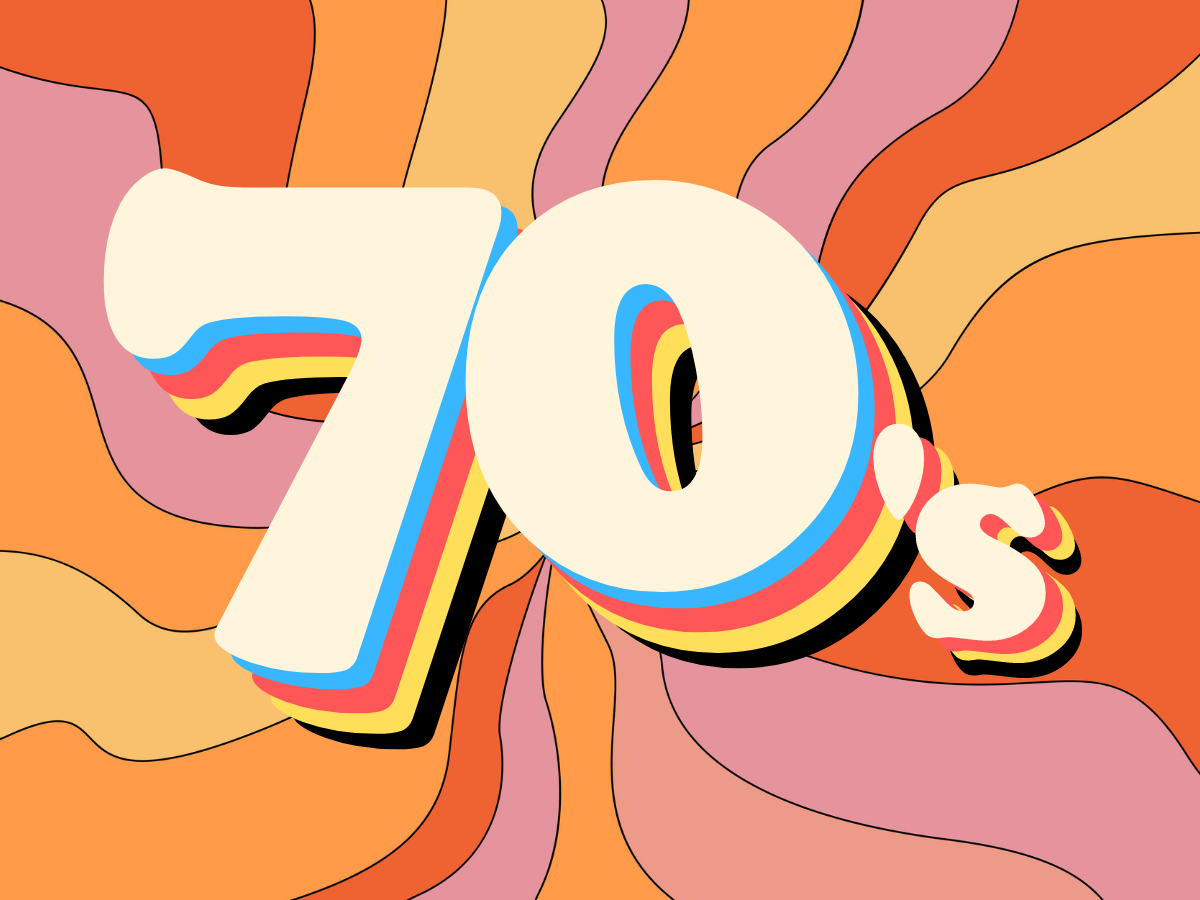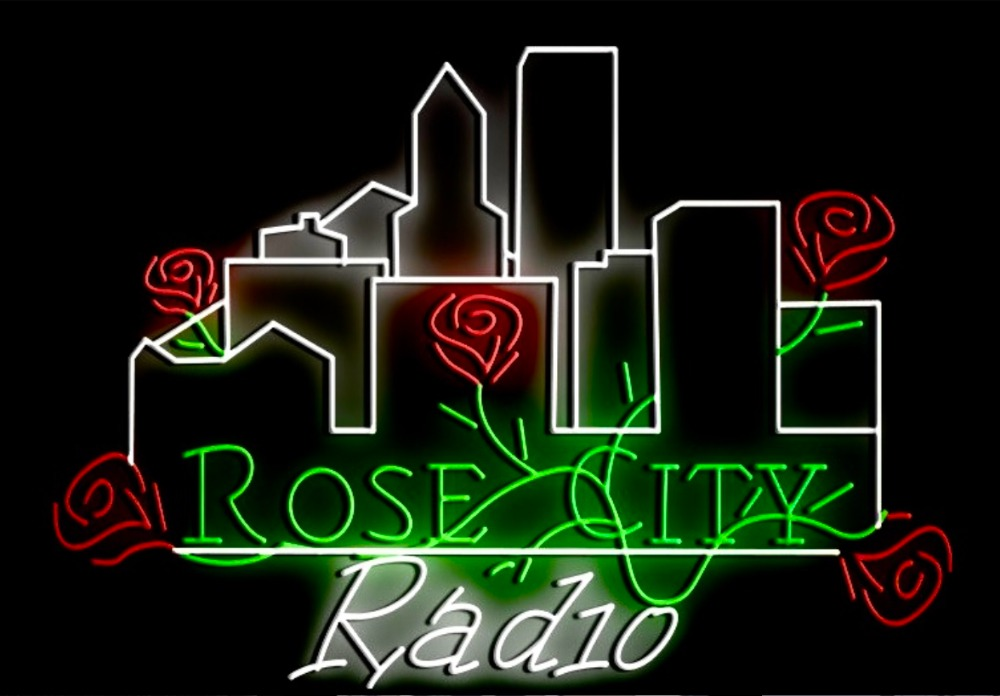70’s @ seven

Show Times
Timezone: PDT [UTC-7]| Mon: |
7:00 am
-
7:59 am
[
-
]
7:00 pm
-
7:59 pm
[
-
]
|
Tue: |
7:00 am
-
7:59 am
[
-
]
7:00 pm
-
7:59 pm
[
-
]
|
Wed: |
7:00 am
-
7:59 am
[
-
]
7:00 pm
-
7:59 pm
[
-
]
|
Thu: |
7:00 am
-
7:59 am
[
-
]
7:00 pm
-
7:59 pm
[
-
]
|
Fri: |
7:00 am
-
7:59 am
[
-
]
7:00 pm
-
7:59 pm
[
-
]
|
Sat: |
7:00 am
-
7:59 am
[
-
]
7:00 pm
-
7:59 pm
[
-
]
|
Sun: |
7:00 pm
-
7:59 pm
[
-
]
7:00 am
-
7:59 am
[
-
]
|
About the Show
The 1970s was a decade of musical diversity and innovation, characterized by the emergence of various genres and subcultures that shaped the popular music landscape. From the rise of disco and funk to the birth of punk and the advent of progressive rock, the 1970s showcased a remarkable range of styles. Here’s a synopsis of the popular music scene during this transformative decade:
The 1970s began with the continued influence of the rock and roll movement from the previous decade. However, it quickly evolved into new directions. One notable trend was the rise of glam rock, with artists like David Bowie, T. Rex, and Roxy Music challenging gender norms and embracing theatricality. Glam rock brought a sense of flamboyance and extravagance to the forefront, captivating audiences with its catchy melodies and outrageous fashion.
Another significant development was the advent of progressive rock, characterized by its intricate compositions, virtuosic musicianship, and concept albums. Bands like Pink Floyd, Yes, Genesis, and Emerson, Lake & Palmer pushed the boundaries of rock music, incorporating elements of classical, jazz, and experimental sounds. Progressive rock showcased extended song structures, intricate instrumentation, and thought-provoking lyrics, appealing to a musically adventurous audience.
In the mid-1970s, disco exploded onto the scene, becoming a cultural phenomenon. Popularized by artists such as Donna Summer, Bee Gees, and Chic, disco brought infectious rhythms, pulsating beats, and a glamorous dance culture to the mainstream. Discothèques became the hub of nightlife, and dance floors were filled with people grooving to the infectious melodies and catchy hooks of disco music.
Concurrently, funk music gained prominence, driven by influential artists such as James Brown, Sly and the Family Stone, and Parliament-Funkadelic. Funk blended elements of R&B, soul, and jazz, emphasizing a tight rhythm section, syncopated grooves, and expressive vocals. Funk music provided a platform for social commentary, with its lyrics addressing issues of racial equality and political unrest.
In contrast to the polished sounds of disco and funk, the late 1970s saw the birth of punk rock, a raw and rebellious genre characterized by its aggressive energy and DIY ethos. Bands like the Sex Pistols, The Clash, Ramones, and The Buzzcocks challenged the establishment, using fast, loud, and stripped-down music as a means of self-expression and social critique. Punk rock brought an anarchic spirit to the forefront, resonating with disaffected youth and sparking a subculture that would have a lasting impact.
Simultaneously, singer-songwriters continued to thrive, with artists like Joni Mitchell, Carole King, James Taylor, and Cat Stevens capturing audiences with their introspective lyrics, heartfelt melodies, and intimate performances. Their music reflected personal experiences and emotions, connecting with listeners on an individual level.
In summary, the 1970s were a decade of musical evolution and experimentation. Glam rock, progressive rock, disco, funk, punk rock, and singer-songwriters all made significant contributions to the popular music scene. The diversity of genres and subcultures showcased the creative spirit and cultural shifts of the era, leaving an enduring legacy that continues to influence and inspire musicians today.

